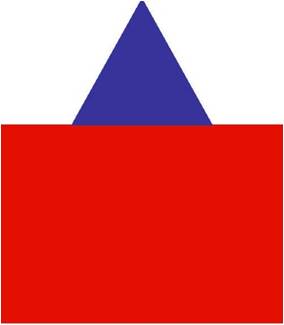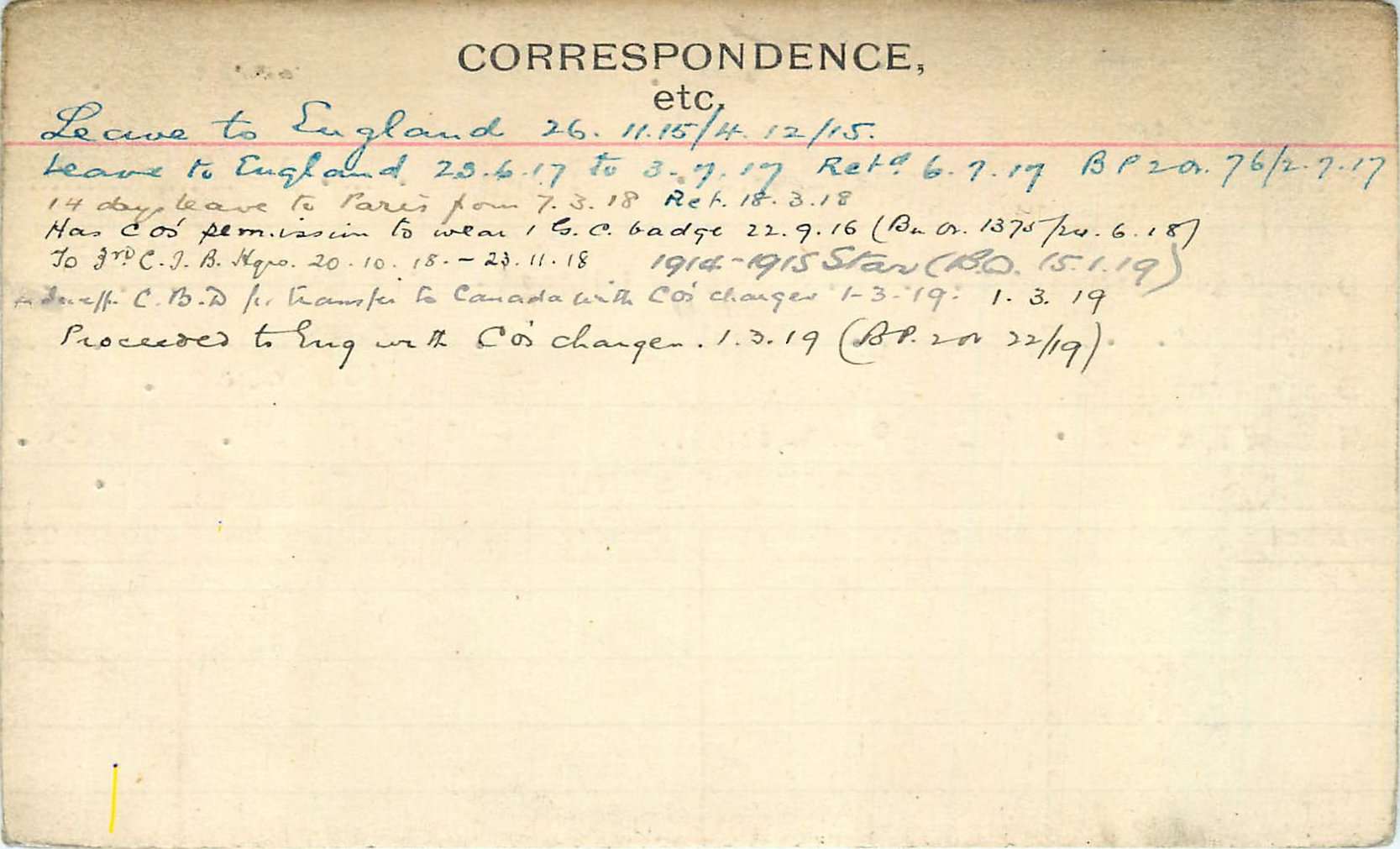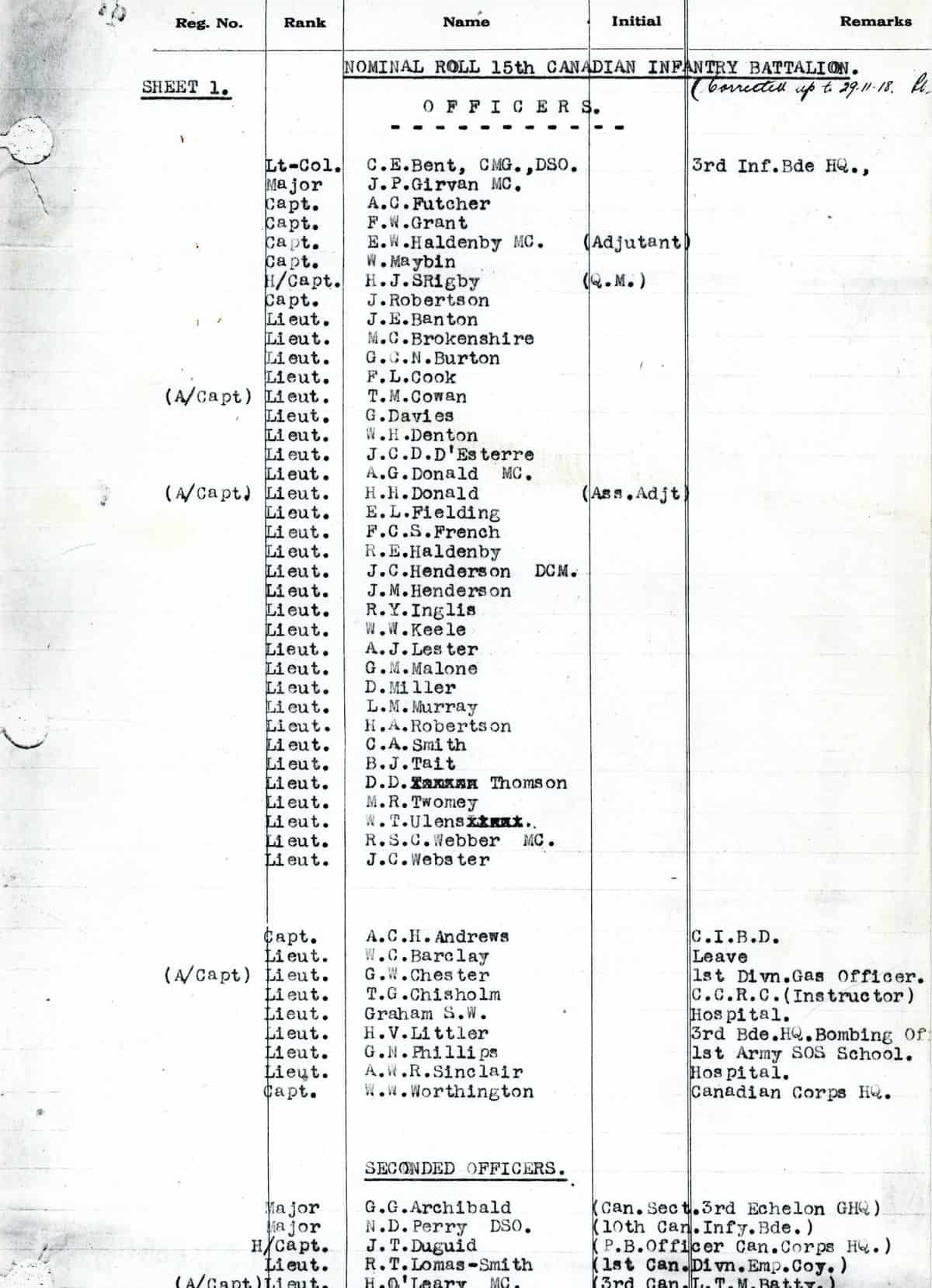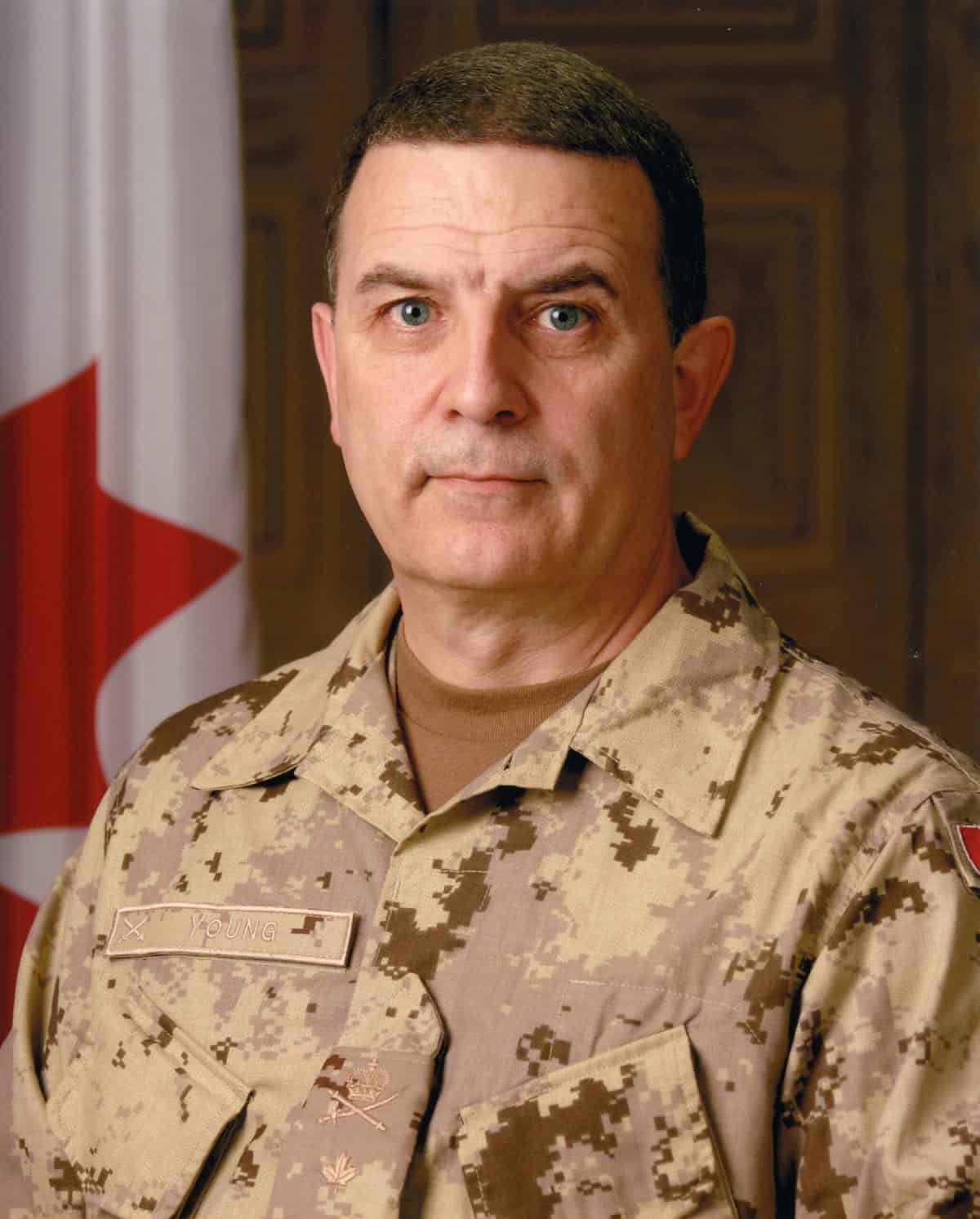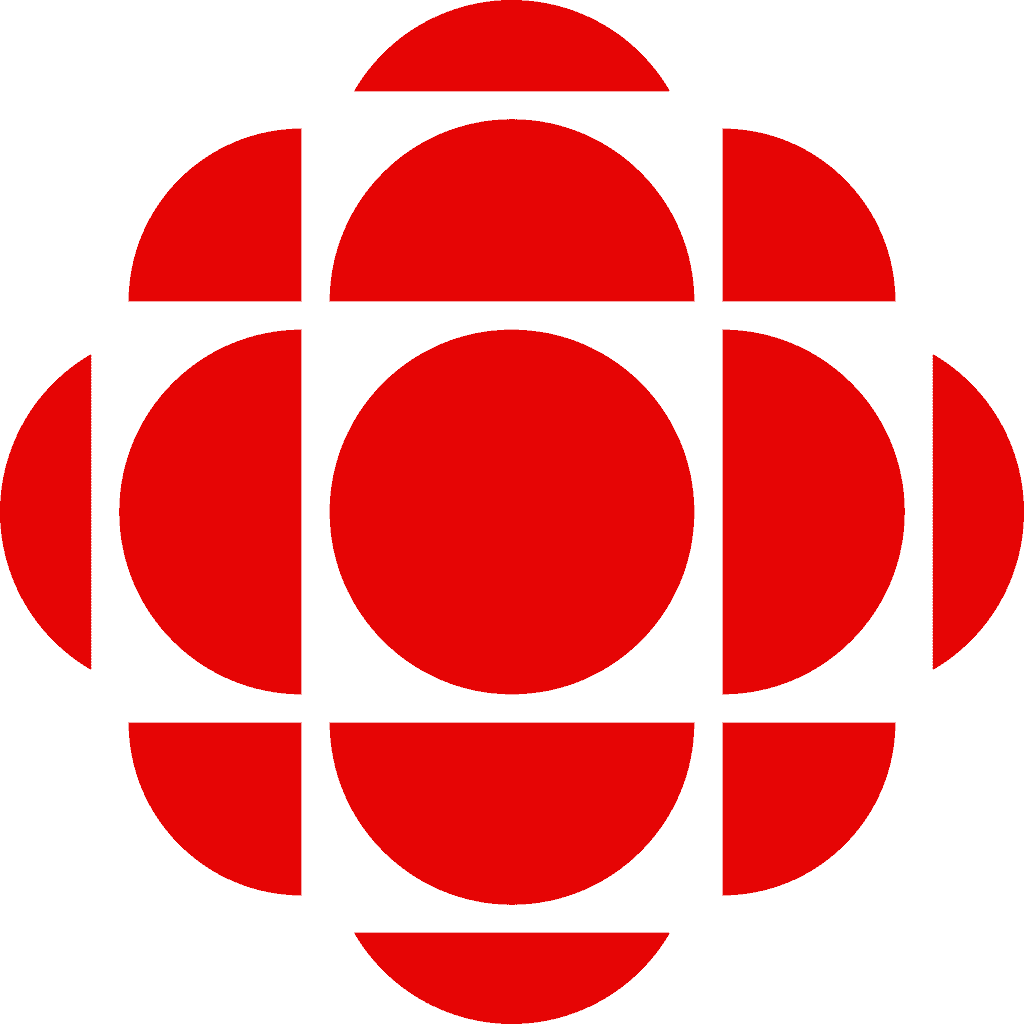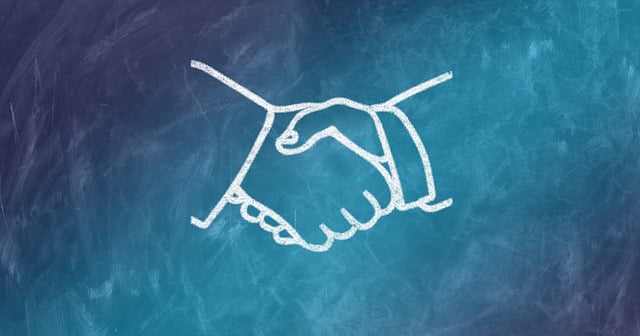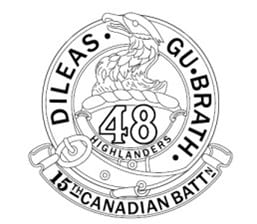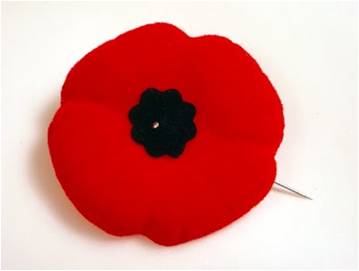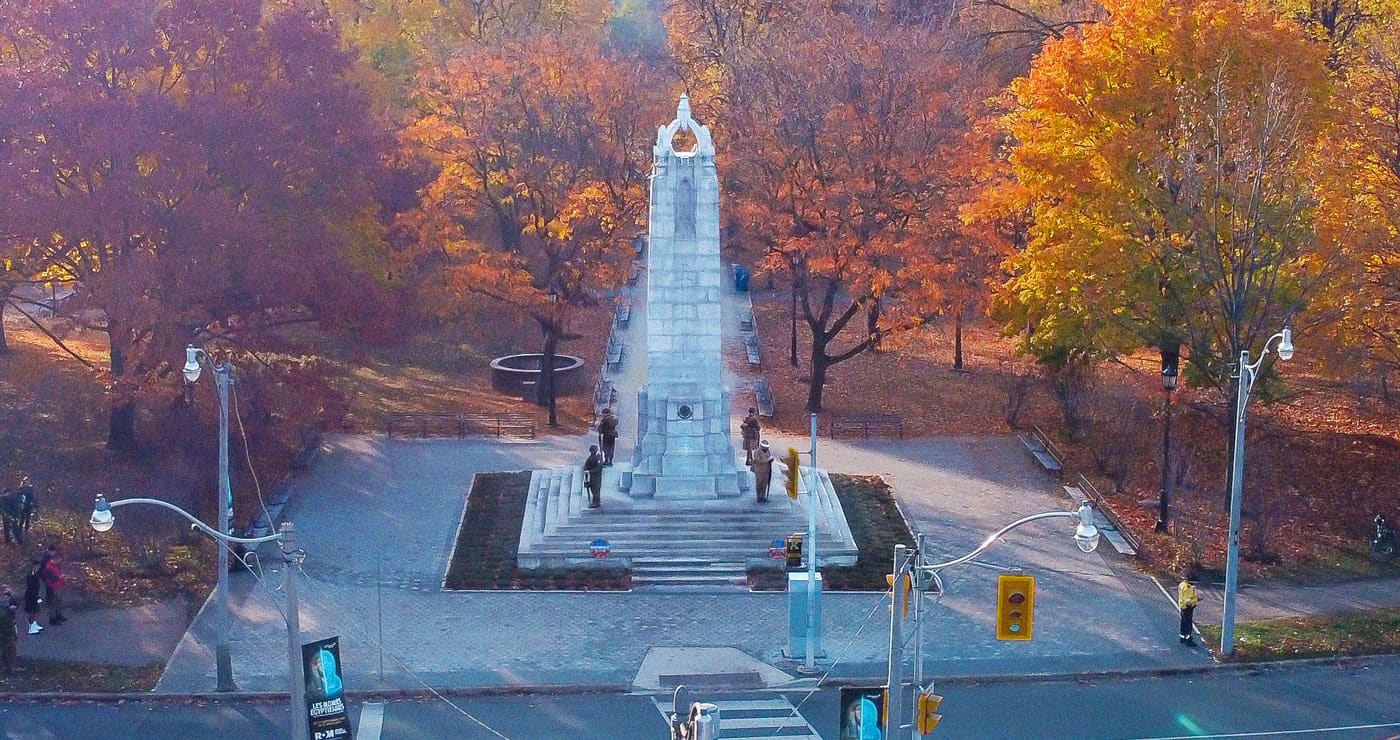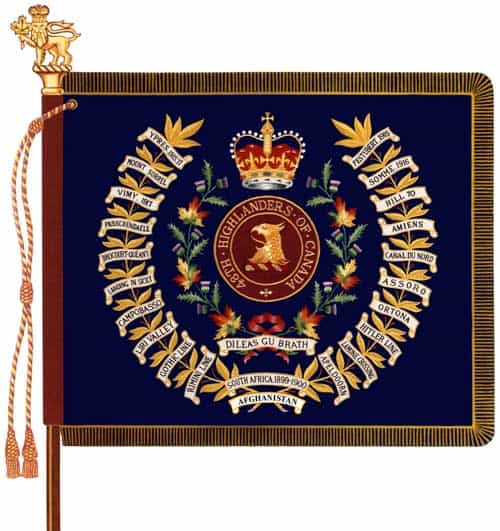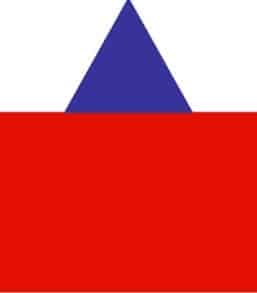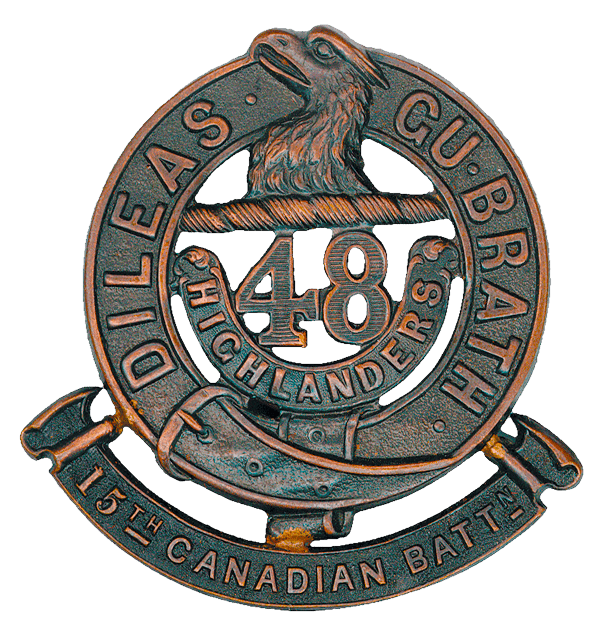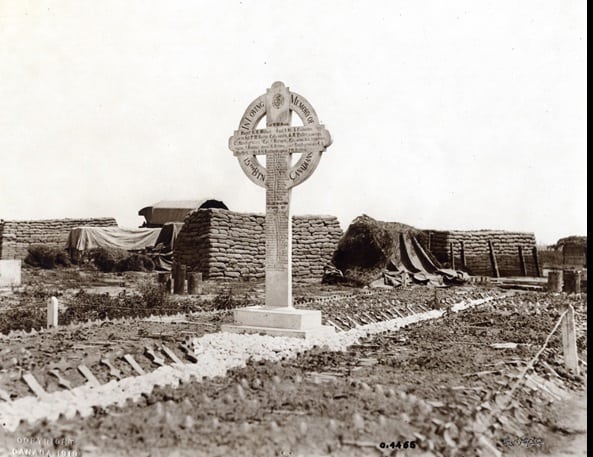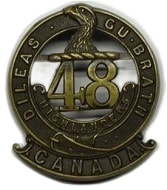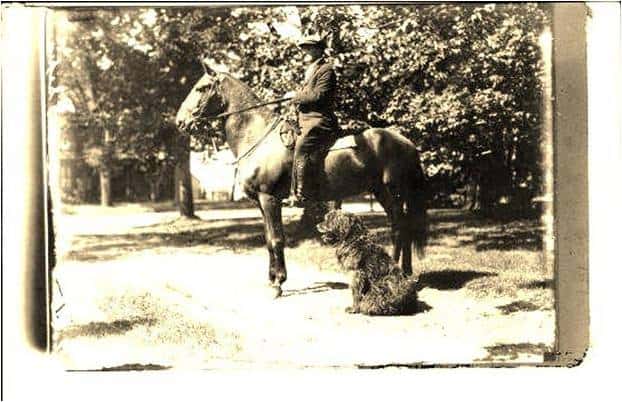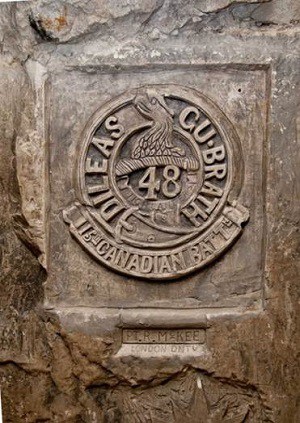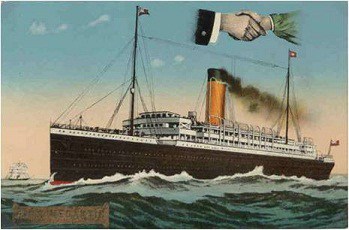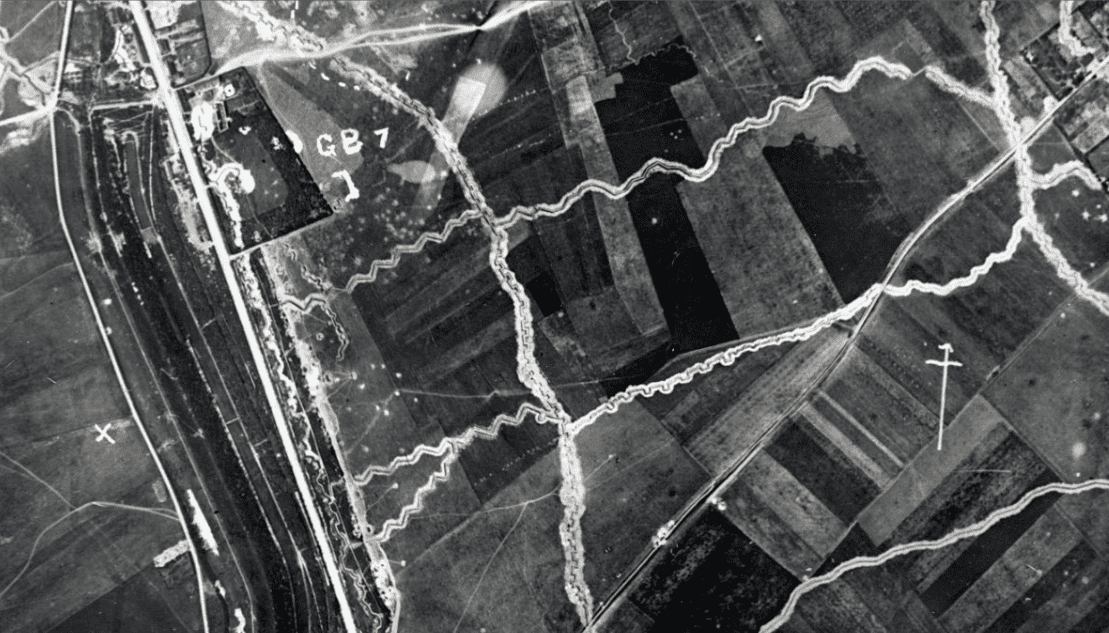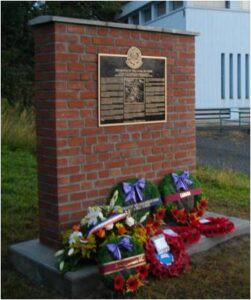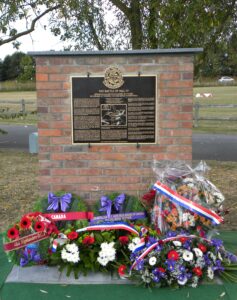Flowers have traditionally been laid on graves and memorials in memory of the dead. Rosemary, symbolizing remembrance. Laurel a commemorative symbol, often woven into a wreath, was used by the ancient Romans to crown victors and the brave as a mark of honour. In recent years, the poppy, strongly associated with Remembrance Day (11 November), has also become popular in wreaths.
Poppies
The Flanders poppy has long been a part of Remembrance Day, During the First World War, red poppies were among the first plants to spring up in the devastated battlefields of northern France and Belgium. In soldiers’ folklore, the vivid red of the poppy came from the blood of their comrades soaking the ground. The sight of poppies on the battlefield at Ypres in 1915 moved Lieutenant Colonel John McCrae to write the poem In Flanders fields. In literature of the nineteenth century, poppies had symbolized sleep or a state of oblivion; in the literature of the First World War a new, more powerful symbolism was attached to the poppy – the sacrifice of shed blood.
Moina Michael, who worked for the American YMCA, read McCrae’s poem just before the Armistice. She was so moved by it that she wrote a poem in reply and decided to wear a red poppy always as a way of keeping faith, as McCrae had urged in his poem. At a meeting of YMCA secretaries from other countries, held in November 1918, she talked about the poem and her poppies. Anna Guérin, the French YMCA secretary, took the idea further by selling poppies to raise money for widows, orphans, and needy veterans and their families. The poppy soon became widely accepted throughout the allied nations as the flower of remembrance to be worn on Armistice Day and has also become very popular in wreaths.

